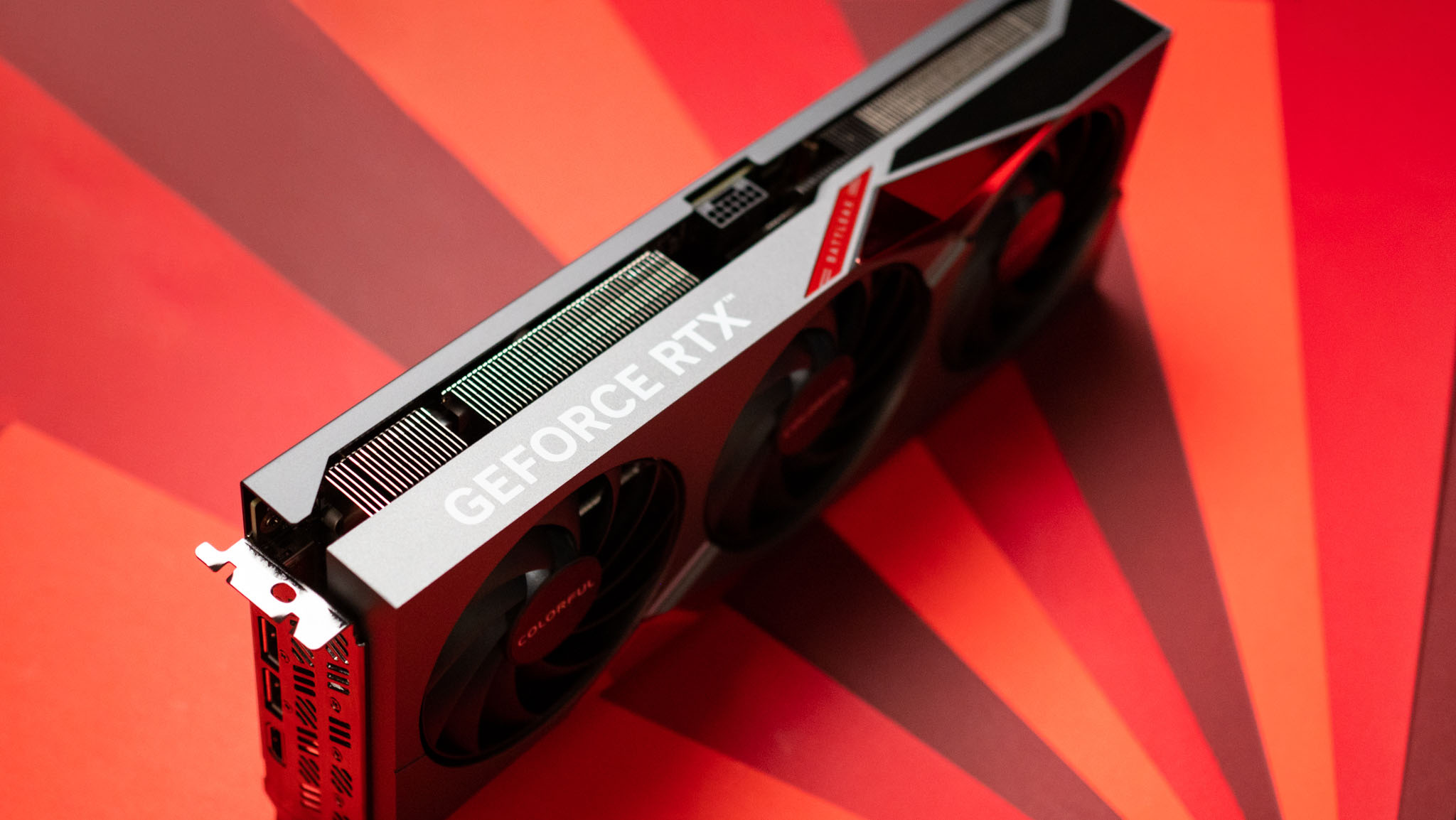Microsoft prepping 2-step authentication for Accounts, already have a Windows Phone app
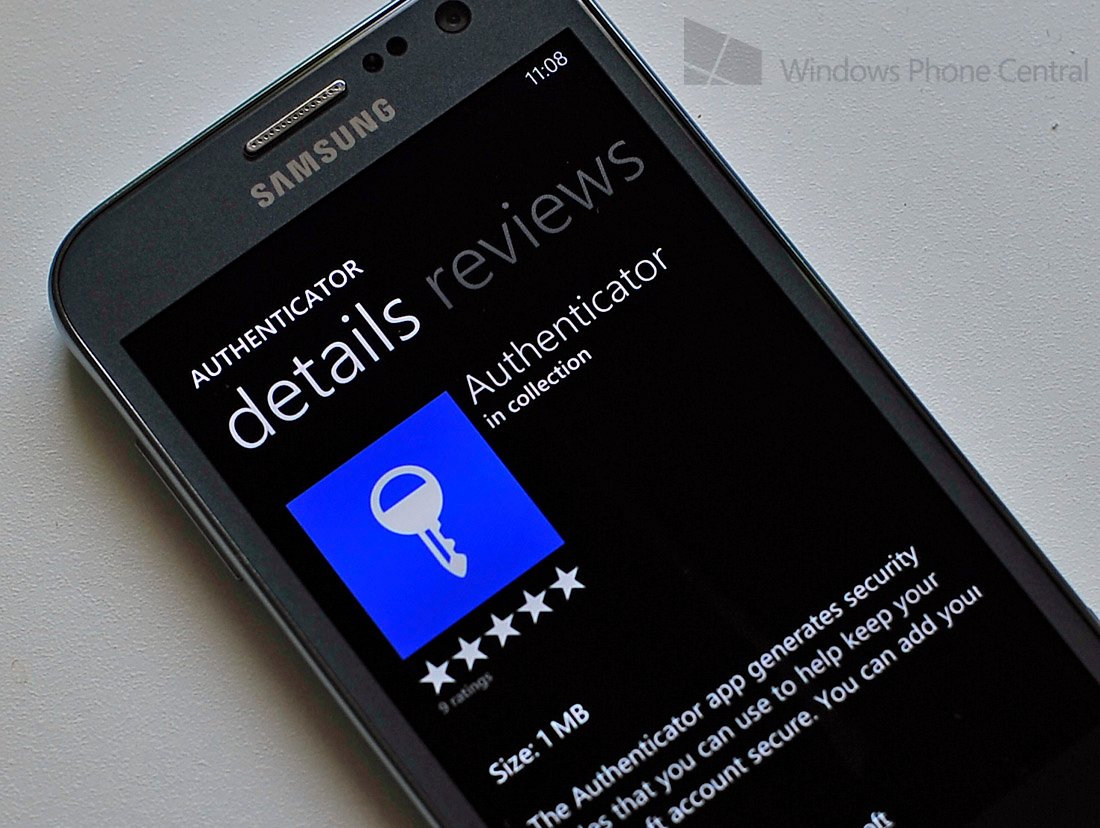
Two-step authentication, the process whereby you use more than just a password to verify an account, is increasingly an important security tool desired by not just enterprise but consumers. Google has had with Gmail for a few years now, and Microsoft is on the cusp of releasing their version as well.
LiveSide.net is reporting that the service will be integrated into existing Microsoft Accounts (Outlook.com, Hotmail, etc.) though those with linked accounts may have to un-link and the re-link them to get it to work.
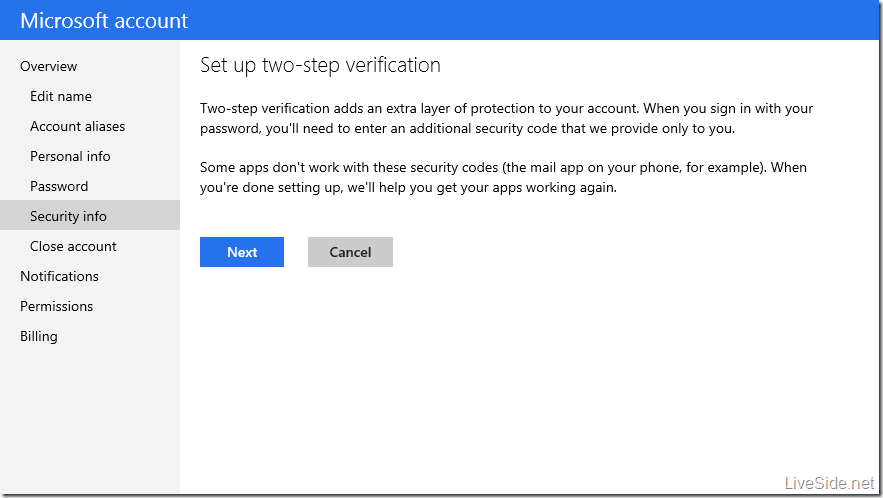
Interestingly, the app for this feature is already on the Store for all Windows Phone devices (7.x and 8), and it will serve as the conduit to generate these codes. For those who use Gmail, you may be used to having “verification codes” texted to you, which can be problematic if traveling or switching SIMs (Google does provide fallbacks though). With the Authenticator app, once linked to your account you will be able to generate security codes for account access which will then be verified for by Microsoft before you can login from a non-trusted PC.
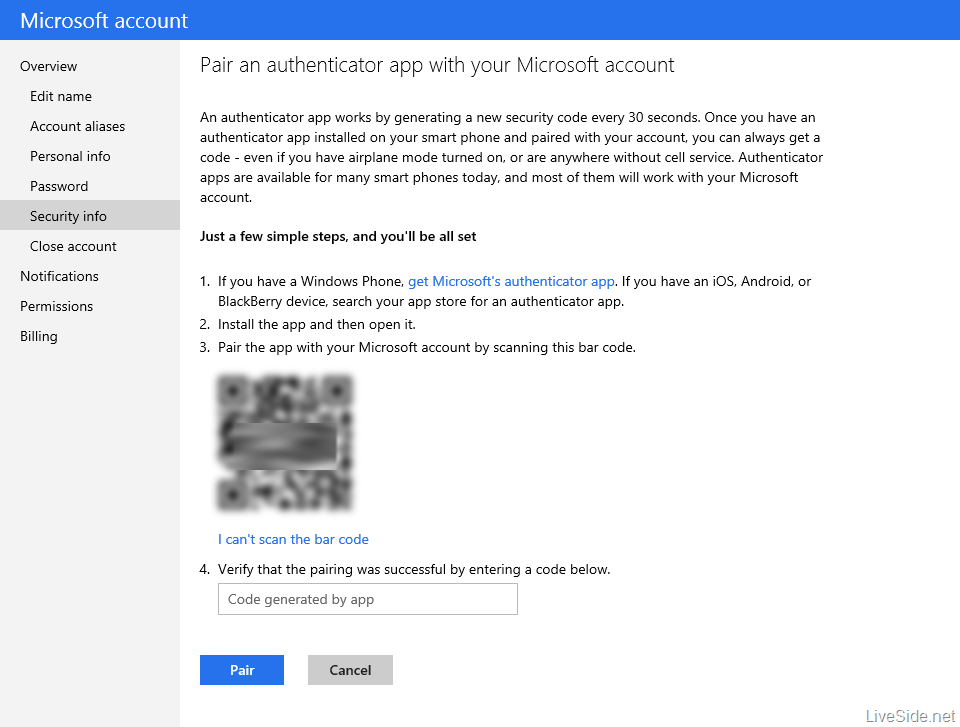
The whole system seems quite easy to use (once it goes live), and it should bring Microsoft up to speed with those who demand more in security than a simple password.
You can download the Authenticator app for Windows Phone here, though without the corresponding service enabled by Microsoft on your Account, it’s of little use at the moment.
Source: LiveSide.net
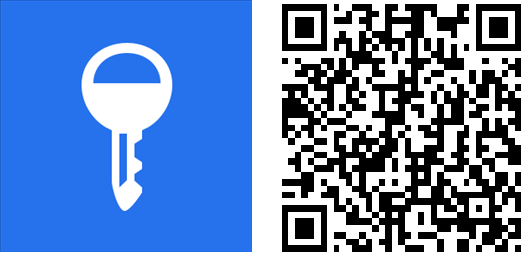
Get the Windows Central Newsletter
All the latest news, reviews, and guides for Windows and Xbox diehards.

Daniel Rubino is the Editor-in-chief of Windows Central. He is also the head reviewer, podcast co-host, and analyst. He has been covering Microsoft since 2007 when this site was called WMExperts (and later Windows Phone Central). His interests include Windows, laptops, next-gen computing, and wearable tech. He has reviewed laptops for over 10 years and is particularly fond of 2-in-1 convertibles, Arm64 processors, new form factors, and thin-and-light PCs. Before all this tech stuff, he worked on a Ph.D. in linguistics, performed polysomnographs in NYC, and was a motion-picture operator for 17 years.
